Audio available in app
Body image and perception are mediated by the brain from "summary" of Phantoms in the Brain by V. S. Ramachandran
The brain plays a crucial role in how we perceive our bodies. It acts as a mediator between our physical selves and our mental image of ourselves. This intricate relationship between the brain and body image is a fascinating subject of study in neuroscience. Our perception of our bodies is not solely based on sensory input from the external world. Instead, it is heavily influenced by the brain's interpretation of this input. The brain processes signals from various sensory systems, such as touch, vision, and proprioception, to create a coherent representation of the body. Neuroscientists have discovered that specific regions of the brain are dedicated to processing information related to body image. For example, the primary somatosensory cortex is responsible for processing tactile sensations, while the parietal cortex integrates information from different sensory modalities to create a unified body image. Interestingly, the brain can also create illusions or distortions in body image. For instance, patients with phantom limb syndrome may feel sensations in a limb that has been amputated. This phenomenon highlights the brain's ability to construct a representation of the body that may not always align with physical reality. Moreover, conditions like body dysmorphic disorder demonstrate how the brain can distort body image perception to the point of causing significant distress and impairment. In these cases, individuals may perceive flaws or defects in their appearance that are not objectively present.- The brain's role in mediating body image and perception is a complex and dynamic process that is still not fully understood. By studying how the brain processes and interprets sensory information related to the body, researchers can gain valuable insights into the nature of self-perception and consciousness.


